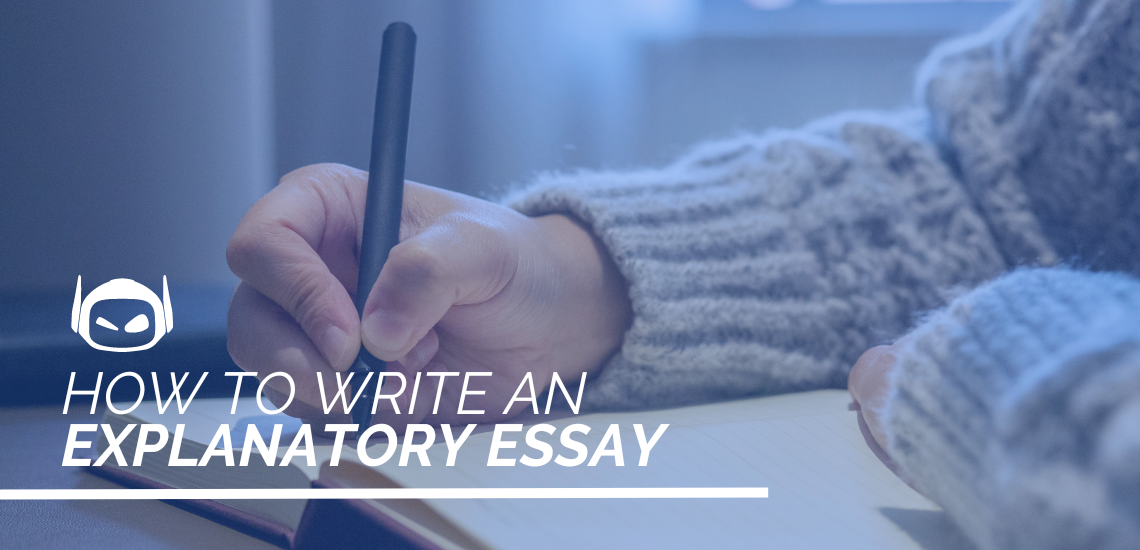
Step-by-Step Instructions for Writing
Learning how to write an explanatory essay can be daunting...
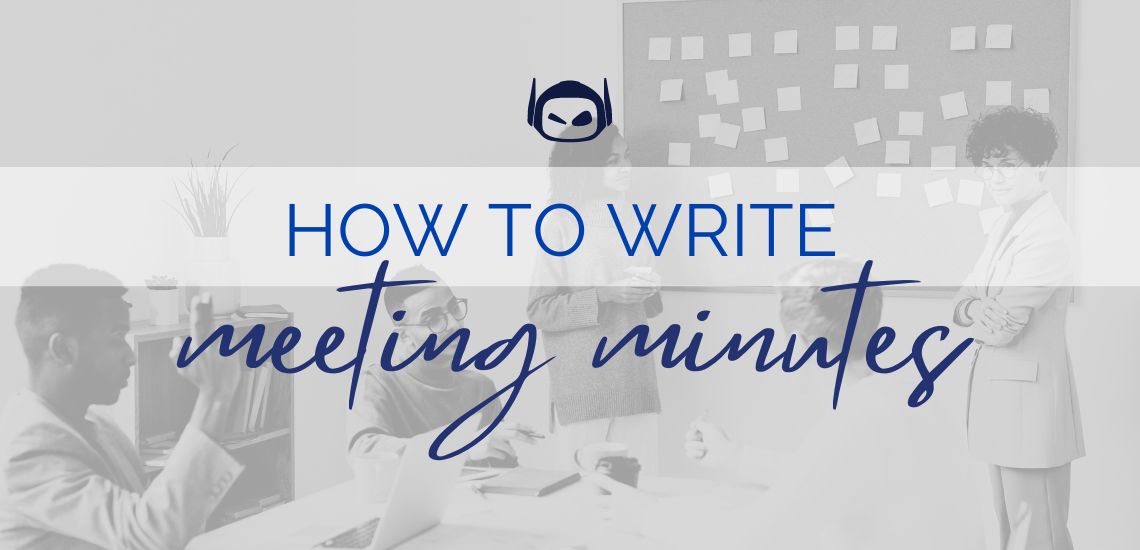
Step-by-Step Instructions for Writing
No one can remember every single detail from a meeting....

Step-by-Step Instructions for Writing
A strong cover letter for internship jobs helps you stand...
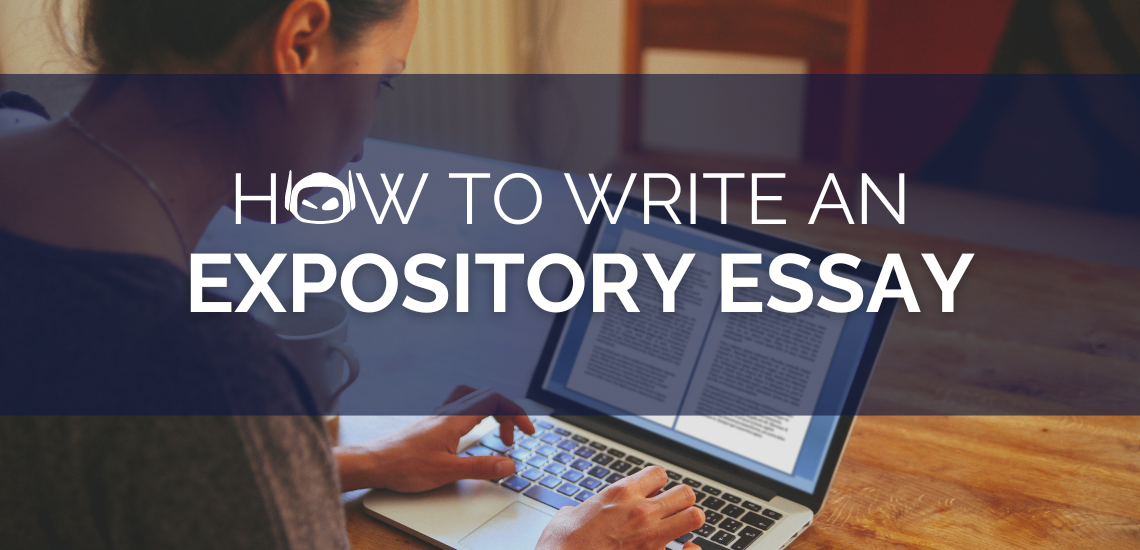
There are many different types of essays that students need...

Step-by-Step Instructions for Writing
The most difficult aspect of composing an academic essay is...
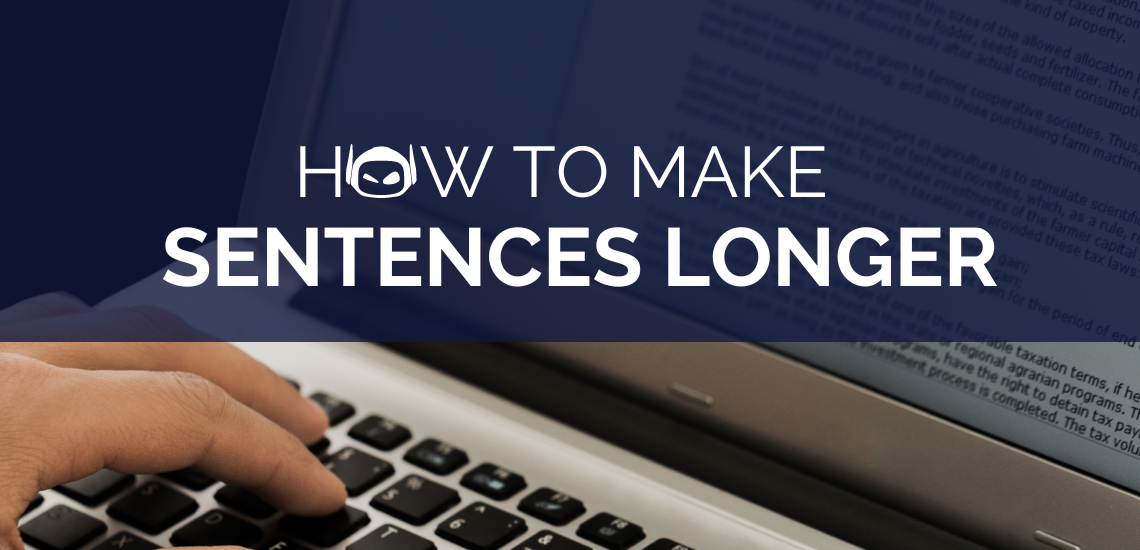
Step-by-Step Instructions for Writing
If you are an academic, you must possess the ability...
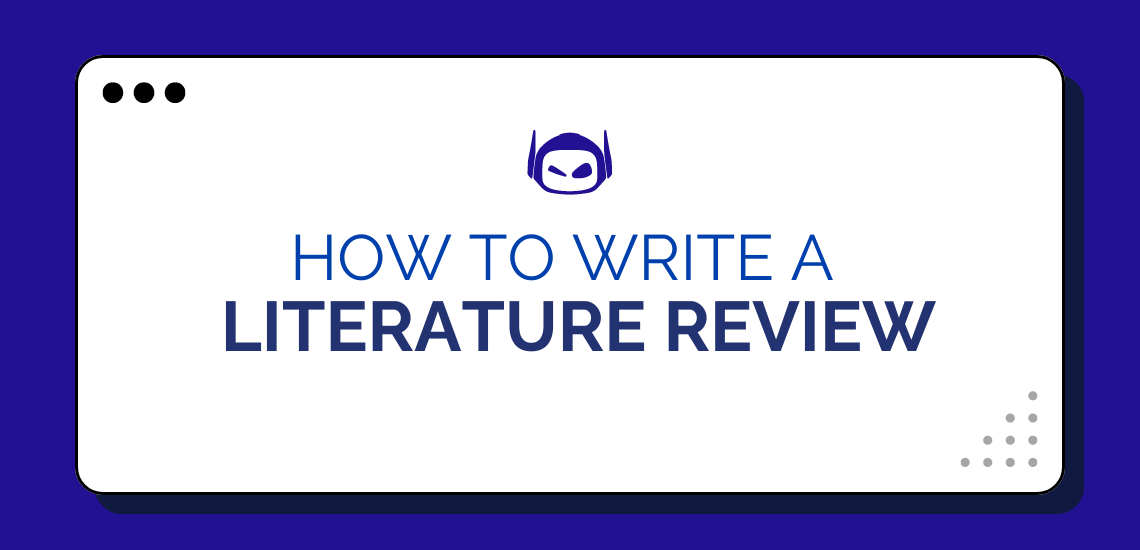
Step-by-Step Instructions for Writing
By doing a literature review, you indicate that the context...
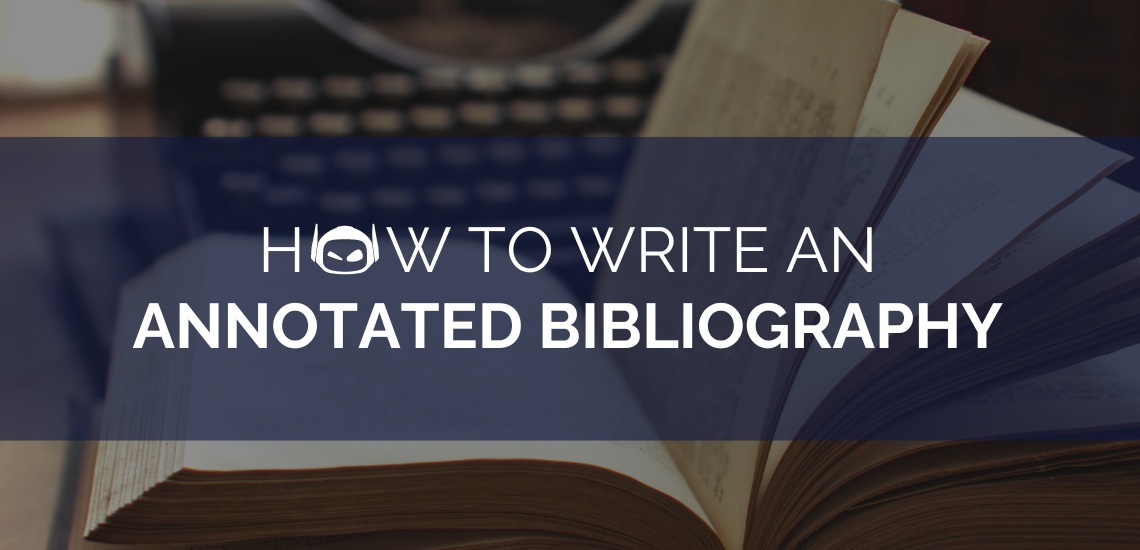
Step-by-Step Instructions for Writing
Annotated bibliographies are often an afterthought when you’ve finished writing...

Step-by-Step Instructions for Writing
Applying to college? This guide shows you how to write...